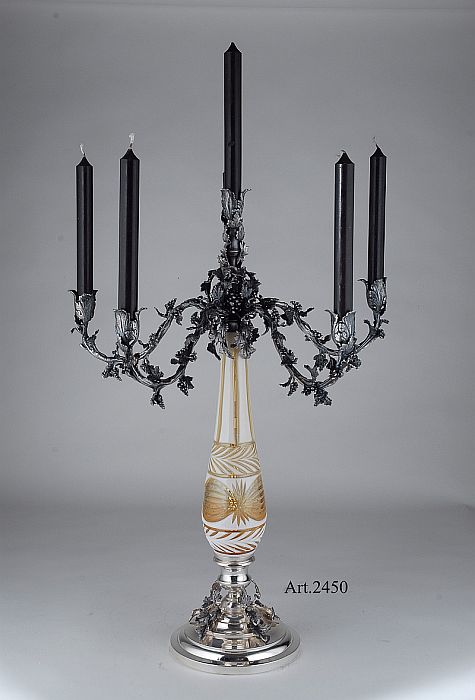Franco Lapini at Vinitaly 2017
Franco Lapini at VinItaly 2017: a silversmith at the wine fair.

Always the excellence of Made in Italy, Franco Lapini will be present at the largest wine exhibition.
Vinitaly is an international exhibition of wine and spirits, which has been held in Verona since 1967, on an annual basis. Vinitaly covers over 95,000 m², has more than 4,000 exhibitors a year and registers around 150,000 visitors per edition. The show brings together producers, importers, distributors, restaurateurs, technicians, journalists and opinion leaders. Every year it hosts over fifty thematic tastings of Italian and foreign wines and offers a conference program that addresses the main issues related to the supply and demand of the wine market. The analyzes are conducted by the Vinitaly Studi&Ricerche Observatory.
In addition to the exhibition areas dedicated to wine producers, the show is made up of workshops, buyers clubs and special exhibition areas to promote Made in Italy and make emerging companies known on the market. In the context of Vinitaly, international competitions and awards are organized, the most famous of which are: the International Wine Competition, the International Packaging Competition and the Vinitaly International Award which, together with the International Wine and Spirit Competition, promotes the dissemination of wine culture in the world. At the same time as the Wine Fair, the following are held: Sol, the International Exhibition of Quality Extra Virgin Olive Oil, the Agrifood Club, the Quality Agrifood Exhibition, and Enolitech, the International Exhibition of Techniques for Viticulture, Oenology and Technologies Olive and oil farms.
Vinitaly also organizes the Vinitaly for You Fuorisalone, a wine bar event held in the historic center of Verona. Vinitaly also performs the function of ambassador of Italian wine in the world through Vinitaly in the world which organizes events in the main international markets. This year, however, will not be limited only to this. In this edition there will also be Franco Lapini at Vinitaly 2017.
Franco Lapini this year will participate in the largest international wine exhibition as an excellent exhibitor of Made in Italy silverware. As a silversmith workshop with more than fifty years of history behind it, it is a great privilege for the Franco Lapini brand to be present at the exhibition, especially on the fiftieth anniversary of Vinitaly. Franco Lapini at Vinitaly 2017 is the symbol of an excellence that meets another.
This year Vinitaly takes place from Sunday 9th April to Wednesday 12th April. For more information, consult their website.



